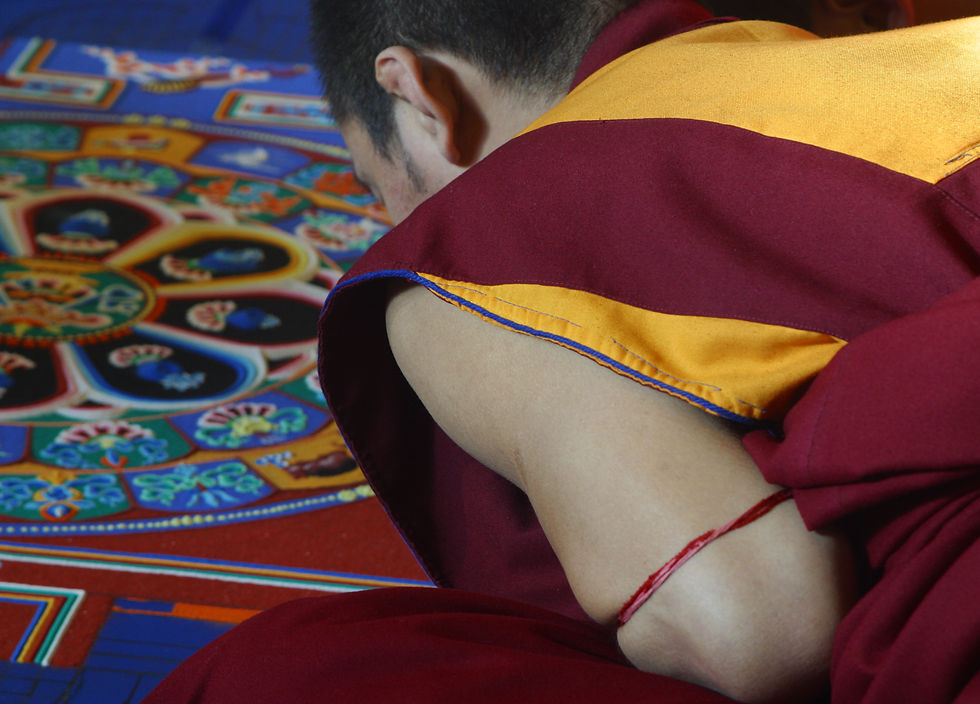Child + Sand + Play = Calm Kids
- Raffi Bandarian
- Apr 24, 2018
- 3 min read
Updated: Jul 11, 2019
Fidget cubes and spinners may be the current rage for helping kids with ADHD focus. But what about something natural and timeless? Sand has been used by cultures across the world for healing purposes. Can playing in sand help children who are anxious or distracted?

Sand is a basic element in nature, life, and creation. In nature, sand originally starts as rock, which later becomes weathered and disintegrated by forces of nature.
The use of sand as a conduit for healing in the western world has its roots in worldly traditions that span the globe. Sand has been used by many cultures for its healing properties in rituals and daily life. As a result of its eternal nature, many civilizations use sand during healing ceremonies.

Medicine people of the Navajo use sand for curative purposes. Navajo sandpaintings, as a form of ritualized healing and transformation, dates back many centuries. Performed by medicine people, sandpaintings are constructed on the floor of Navajo homes to heal the sick and ill. Following a particular order, colored powder is dribbled over a one to two-inch thick bed of sand, giving form to figures and designs while the medicine person sings a chant. Once completed, the patient or ill person is called to sit in the center of the completed sandpainting. Subsequently, the medicine person performs a ceremony in which images of the sand are picked up and applied to the patient. This is said to transfer the healing aspects of the sandpainting to the patient.

On the other side of the world, Tibetan Buddhist monks practice the sacred art of making mandalas with colorful sand. Mandalas are ritualistic geometric designs symbolic of the universe. Buddhist monks adhere to the notion that the act of creating a mandala creates centering, not just for themselves, but for the world. Like the Navajo tradition, the completed mandala is overturned once it is completed, and the sand is returned to a stream or river. The mandala or "container of essence" is also said to transfer spiritual enlightenment to its creator.

Japanese Zen gardens are known to reflect peaceful tranquility and instill states of deep meditation. In these landscaped gardens, the sand and stones are fashioned into an artistic arrangement conducive to meditation and self-reflection. The sand is raked to resemble flowing water, and rocks are strategically placed to mimic mountains or islands. The Zen masters of Japan, who were primarily priests, adhere to the calming and centering effect produced through the creation of these special gardens. Miniature versions of Zen gardens can also be created. As tools for meditation and relaxation, these centering tools abound at holistic and retail stores alike.

So, it is not a stretch of the imagination to consider allowing all children with opportunities to play in sand - as young as possible. Whether playing with sand at the beach or a sandbox in the backyard or a plastic trough on a patio or in a small indoor tray, allowing children opportunities to play with sand can help them find the centering and calming that they need to remain focused. By dribbling the sand with their fingers to give form to various shapes like the Navajo medicine men or pouring sand meticulously to create amazing works of art like the Tibetan Buddhist monks or even raking it smooth to create streams, kids who play in sand stand only to benefit from its timeless effects.